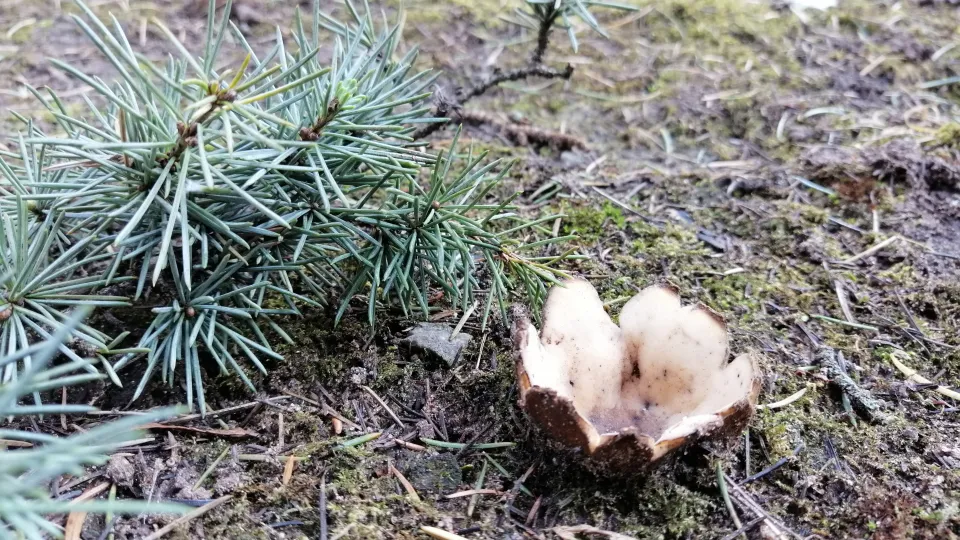
Cedar cup
This fascinating cup fungus is a lovely thing to stumble upon -should you be lucky enough!

This fascinating cup fungus is a lovely thing to stumble upon -should you be lucky enough!
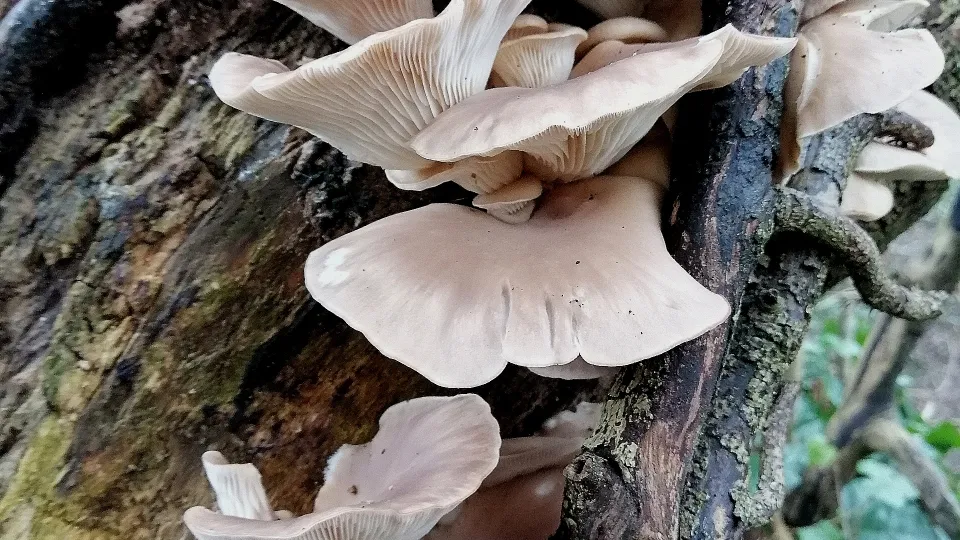
Oyster mushrooms are shell shaped fungi that grow in tiers or fabulous clusters on dead trees or stumps. Unlike many fungi, these mushrooms are not seasonal and can be found all year round, especially after a cold snap which can trigger the fungus into fruiting.
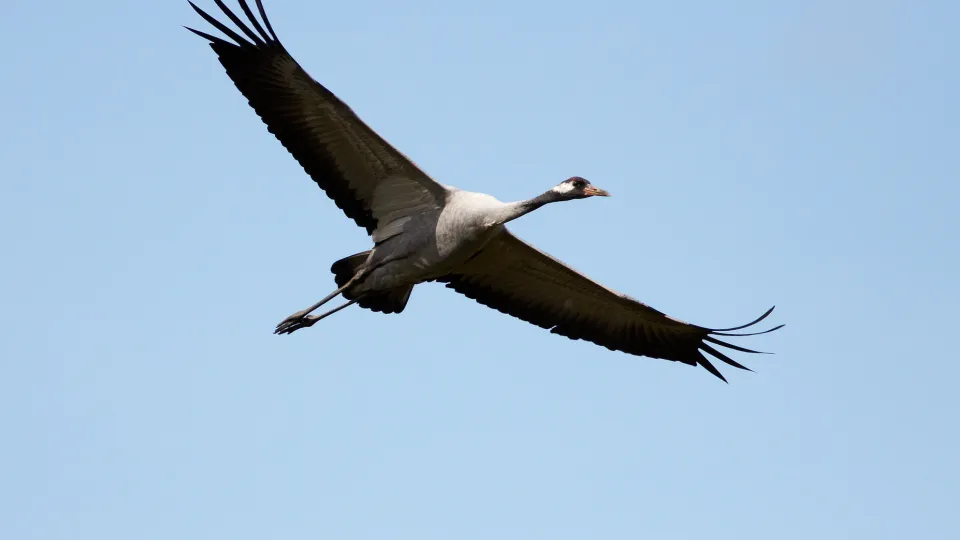
As the UK’s tallest bird the common crane is instantly recognisable with the ruffle of tail feathers and very long legs. Their bugling call is also very distinctive.
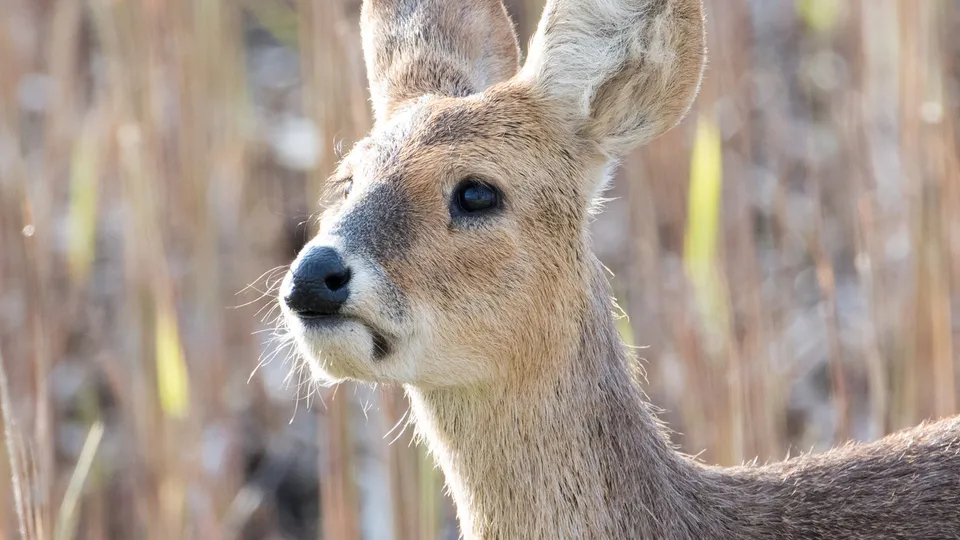
Chinese water deer are easily distinguished from other deer by their strange teddy bear like appearance and the huge canine tusks displayed by the stags.

This jewel like leaf beetle is an incredibly scarce species which is only found in wetland habitats.

Unlike many of its relatives, this shimmering shieldbug is a predator, feasting on caterpillars and a variety of other insects.

This well-camouflaged wader is a winter visitor to the UK, where it can be seen feeding on wetlands with a distinctive bobbing motion.

The Red Mason Bee is a common, gingery bee that can be spotted nesting in the crumbling mortar of old walls. Encourage bees to nest in your garden by putting out a tin can full of short, hollow canes.
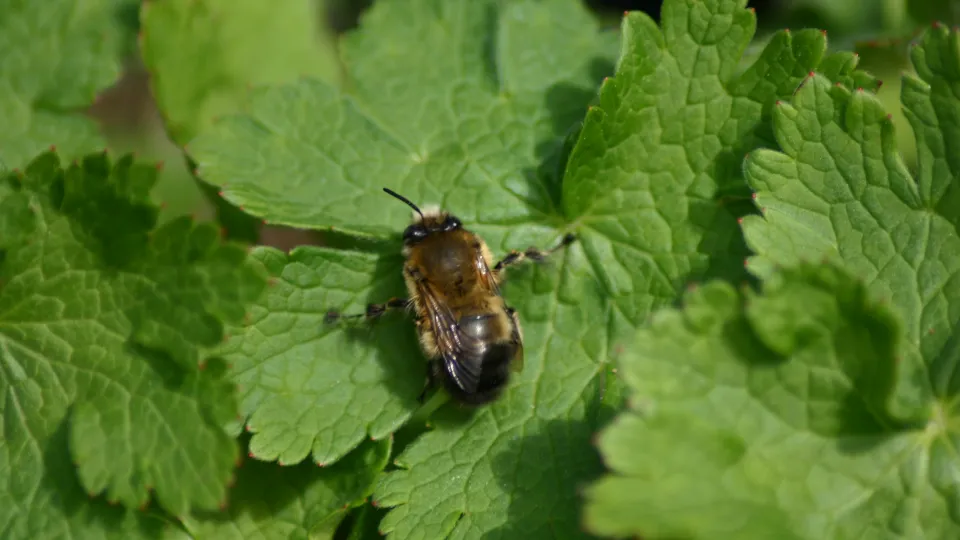
The hairy-footed flower bee can be seen in gardens and parks in spring and summer, visiting tubular flowers like red dead-nettle and comfrey. As its name suggests, it has long, orange hairs on its middle legs.
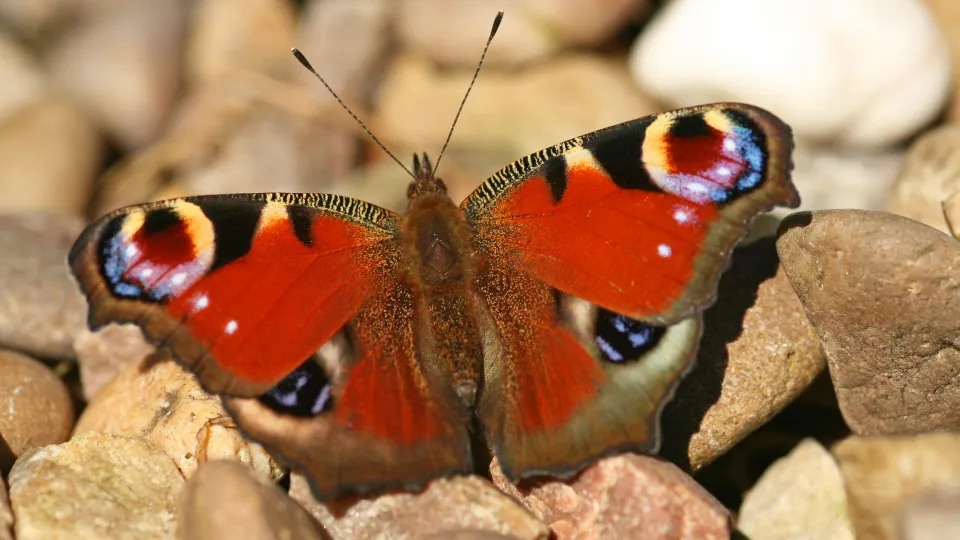
The markings of the peacock are unmistakeable - big, blue 'eyes' just like a peacock's tail feathers. It can be seen feeding on flowers all year-round during warm spells, and overwinters as an adult.